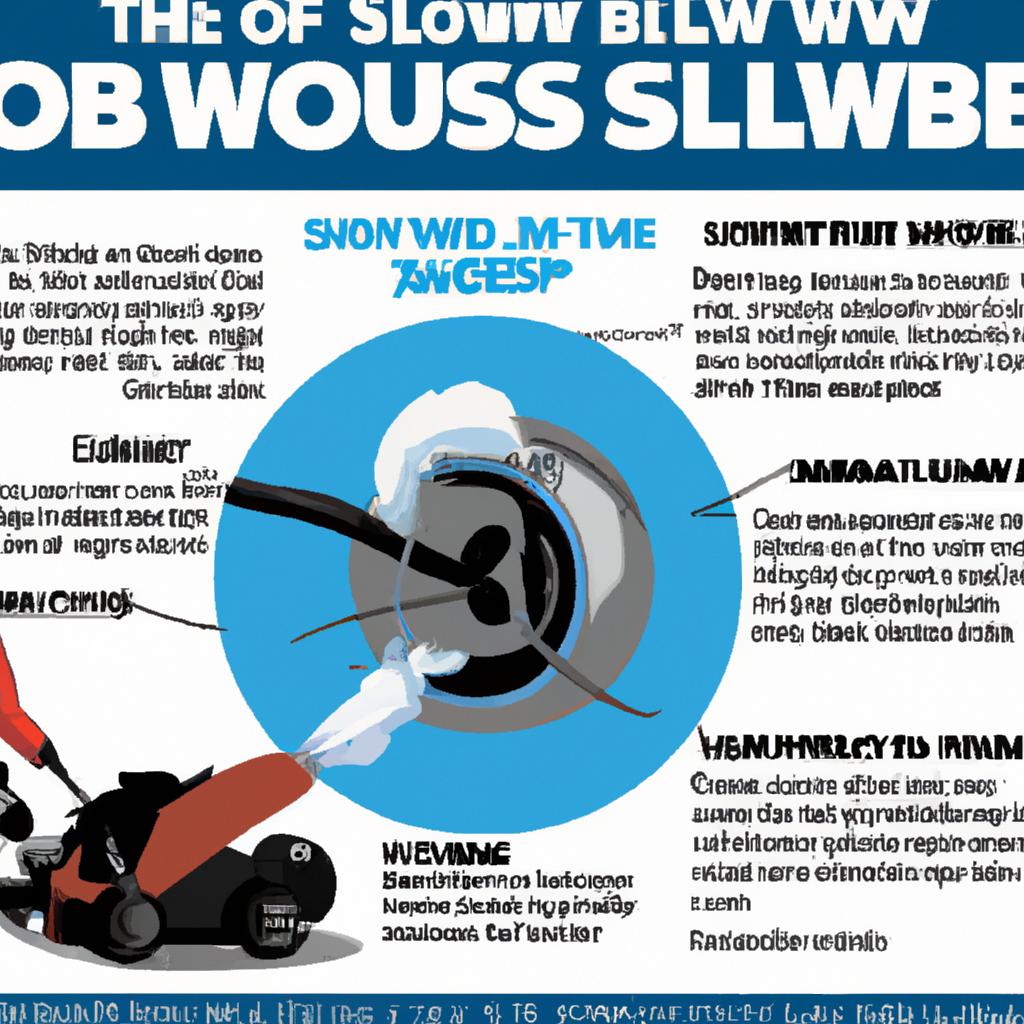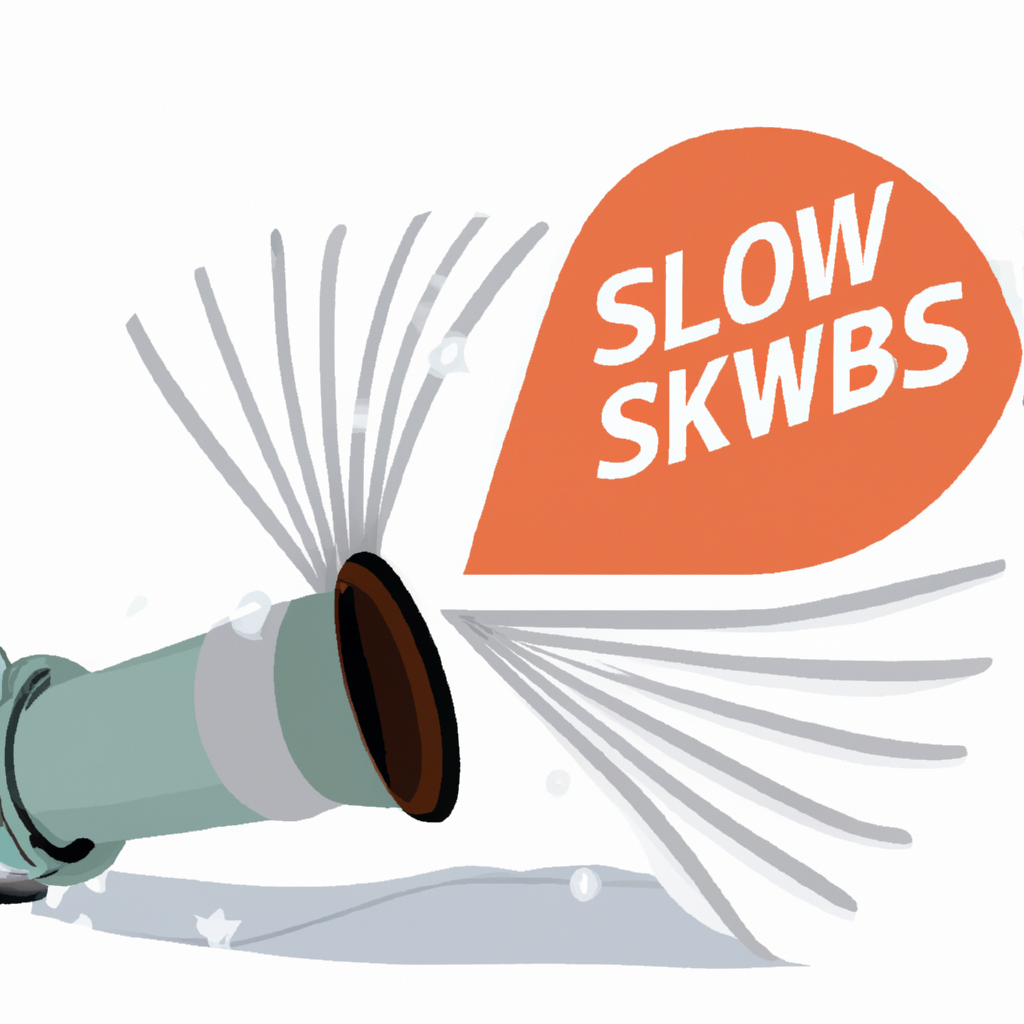We're an affiliate
We hope you love the products we recommend! Just so you know, we may collect a share of sales or other compensation from the links on this page. Thank you if you use our links, we really appreciate it!
Are you ready for the upcoming winter season? Before you start up your trusty snow blower, take a moment to consider the hidden dangers that come along with this convenient winter tool. While snow blowers can make clearing your driveway a breeze, they can also pose serious risks if not used properly. From flying debris to potential hand injuries, it’s important to be aware of these hidden dangers and take the necessary precautions to keep yourself safe during the snowy months. In this article, we will explore some of the potential hazards associated with snow blowers and offer tips on how to stay safe while operating them. So, grab a warm drink, sit back, and let’s shed some light on the hidden dangers of snow blowers.
The Hidden Dangers of Snow Blowers
Winter can be a magical season, with snow-covered landscapes and the promise of cozy nights by the fire. But for those living in snowy regions, it also means dealing with the daunting task of removing snow from sidewalks, driveways, and other outdoor areas. While snow blowers offer a convenient solution, they come with their own set of risks and hazards that should not be overlooked. In this article, we will explore the various hidden dangers of snow blowers and what precautions you can take to ensure your safety.
1. Physical Injuries
When it comes to operating a snow blower, physical injuries are a significant concern. The powerful machinery poses a risk of accidental contact, which can result in serious harm. It is crucial to keep all body parts away from the moving parts of the snow blower at all times.
Another potential danger is flying debris. Snow blowers can pick up rocks, sticks, and other objects hidden beneath the snow, turning them into projectiles. To minimize the risk of injury, clear the area of any potential debris before operating the snow blower.
Furthermore, the physical exertion required to operate a snow blower can lead to overexertion and strain. It is essential to listen to your body and take breaks when needed. Avoid pushing the machine beyond your physical capacity.
2. Carbon Monoxide Poisoning
Blocked ventilation is a common factor contributing to carbon monoxide poisoning when using a snow blower. Always operate the machine in a well-ventilated area to prevent the buildup of carbon monoxide gas. Do not attempt to clear snow from areas that are enclosed or poorly ventilated, such as basements or garages.

3. Electrical Hazards
Snow blowers that are powered by electricity are susceptible to electrical hazards. Incorrect wiring can cause shocks or even fires. Ensure that you have a proper electrical outlet with the correct voltage specifications. If you notice any frayed or damaged power cords, do not use the machine until they have been replaced by a qualified technician.
4. Noise Pollution
Snow blowers generate a significant amount of noise, which can have both short-term and long-term effects on your hearing. It is essential to protect your ears by wearing hearing protection, such as earplugs or earmuffs, especially during prolonged use. Additionally, be considerate of your neighbors and avoid operating the snow blower during early morning or late evening hours.

5. Chemical Exposures
Gas-powered snow blowers pose the risk of fuel spillage and leaks. Spilled fuel can be highly flammable and pose a fire hazard. Always refuel the machine in a well-ventilated outdoor area, away from any possible ignition sources. If a spill occurs, clean it up promptly using appropriate safety measures.
Additionally, engine emissions from gas-powered snow blowers can be harmful to both your health and the environment. To minimize exposure, ensure the machine is properly maintained and meets emission standards. Use fuel additives to reduce pollutants and consider transitioning to electric-powered snow blowers as a more eco-friendly alternative.
6. Slip and Fall Accidents
Snow blowers are often used to clear snow and ice from surfaces, which can ironically create slippery conditions. Uneven surfaces, such as bumps or potholes, can cause the snow blower to jolt or lose balance, increasing the risk of accidents. Always be mindful of your surroundings and exercise caution when operating on uneven terrain.
Icy conditions pose another significant risk when using a snow blower. The machine’s wheels or tracks can lose traction, causing the operator to lose control. It is crucial to clear icy patches manually or use sand or salt to improve traction before using the snow blower.
7. Lack of Safety Features and Training
Some snow blowers lack essential safety features, such as shields to protect the operator from flying debris. It is important to choose a snow blower that comes equipped with the necessary safety features and follow the manufacturer’s guidelines for safe operation.
Lack of operator education is another contributing factor to accidents with snow blowers. It is crucial to read the instruction manual, attend training sessions, or consult knowledgeable experts before operating the machine. Understanding how to operate the snow blower correctly can significantly reduce the risk of accidents.
8. Operator Error and Mishandling
Mechanical malfunctions can occur when snow blowers are not maintained properly or mishandled. Regular maintenance, including checking for loose or damaged parts, oiling moving components, and cleaning the machine, is crucial to ensure its safe and efficient operation.
Ignoring safety precautions can also lead to accidents. Always wear appropriate protective gear, such as gloves and goggles, to shield yourself from potential harm. Avoid wearing loose clothing that could get caught in the moving parts of the snow blower.
9. Maintenance and Repair Risks
Maintenance and repair tasks related to snow blowers come with inherent risks. Blade and auger dangers are prevalent, and mishandling these components can cause severe injuries. Before attempting any maintenance or repair, ensure the machine is turned off and disconnected from any power source. If you are not confident in your ability to perform the necessary tasks safely, consult a professional technician.
Hazardous repair situations can arise when attempting to fix a snow blower without proper knowledge or expertise. It is always best to seek professional help for any repairs beyond your capabilities. Attempting to repair the machine yourself can result in further damage or exacerbate underlying issues.
10. Environmental Concerns
Snow blowers can have adverse effects on the environment if not used responsibly. Damage to vegetation can occur when snow blowers are operated too close to delicate plants or shrubs. Be conscious of the clearance between the machine and any greenery, ensuring a safe distance to prevent accidental damage.
Water contamination is another environmental concern. Snow blowers that discharge snow into water bodies or near storm drains can introduce chemicals or pollutants into the water supply. Dispose of snow away from bodies of water and follow local regulations for proper snow disposal.
In conclusion, while snow blowers offer a convenient solution for snow removal, it is essential to be aware of their hidden dangers. By understanding the risks and taking appropriate precautions, you can safely enjoy the benefits of using a snow blower while minimizing potential harm to yourself, others, and the environment. Stay informed, follow safety guidelines, and prioritize your well-being when operating a snow blower.

